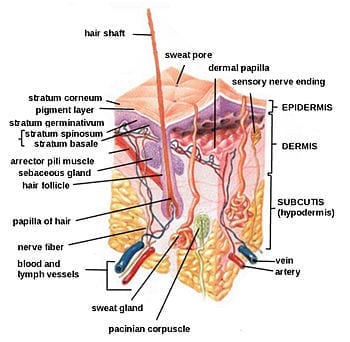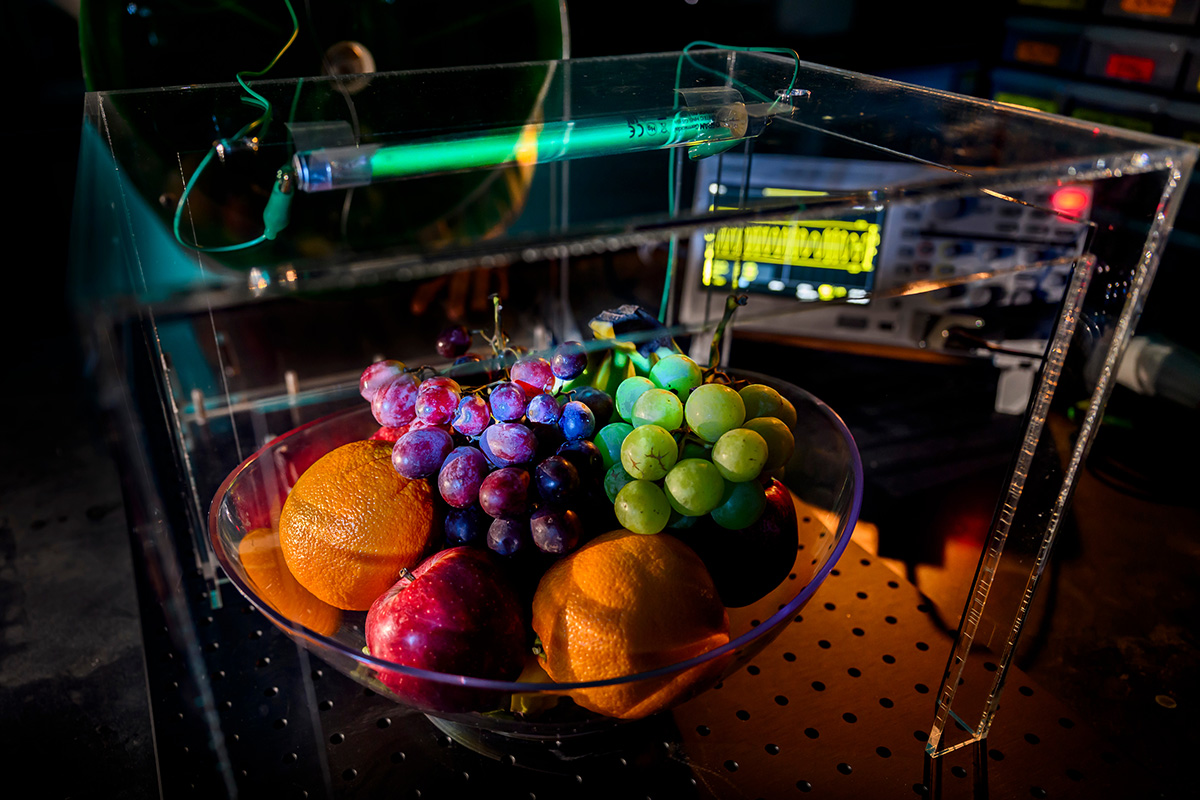
Their discovery has profound significance for dermatology.
A research team at Karolinska Institutet in Sweden has succeeded in describing the structure and function of the outermost layer of the skin — the stratum corneum — at a molecular level. This opens the way not only for the large-scale delivery of drugs via the skin, but also for a deeper understanding of skin diseases.
“You could say that we’ve solved the puzzle of the skin barrier, something that has great potential significance for dermatology,” says principal investigator Lars Norlén, associate professor at Karolinska Institutet’s Dermatology and Venereology Unit.
The upper layer of the skin is a watertight barrier called the stratum corneum. A research group at Karolinska Institutet have now structure determined this barrier layer at a molecular level, unlocking the secrets of the skin’s perviousness. This will hopefully enable the widespread administration of drugs though the skin instead of via pills or injections, which brings several advantages; for example, it means that drugs can be delivered evenly over time instead of in doses, and patients bypass the first-passage metabolism, whereby the entire dose passes the liver, thus increasing the risk of adverse effects.
“We can now construct computer simulations to help us find out which substances have to be added to different drugs to open up the skin,” says Dr Norlén. “We hope to one day be able to administer regular drugs like insulin and antibiotics this way.”
To conduct their study, the researchers developed an entirely new experimental approach involving rapidly freezing tiny skin samples and studying them under a low-temperature electron microscope.
“This has given us an unprecedented opportunity to determine the molecular structure and function of native cells and tissues in situ without having our data muddied by the addition of dyes, solvents or plastics,” adds Dr Norlén.
Their discovery has profound significance for dermatology.
via Science Daily









